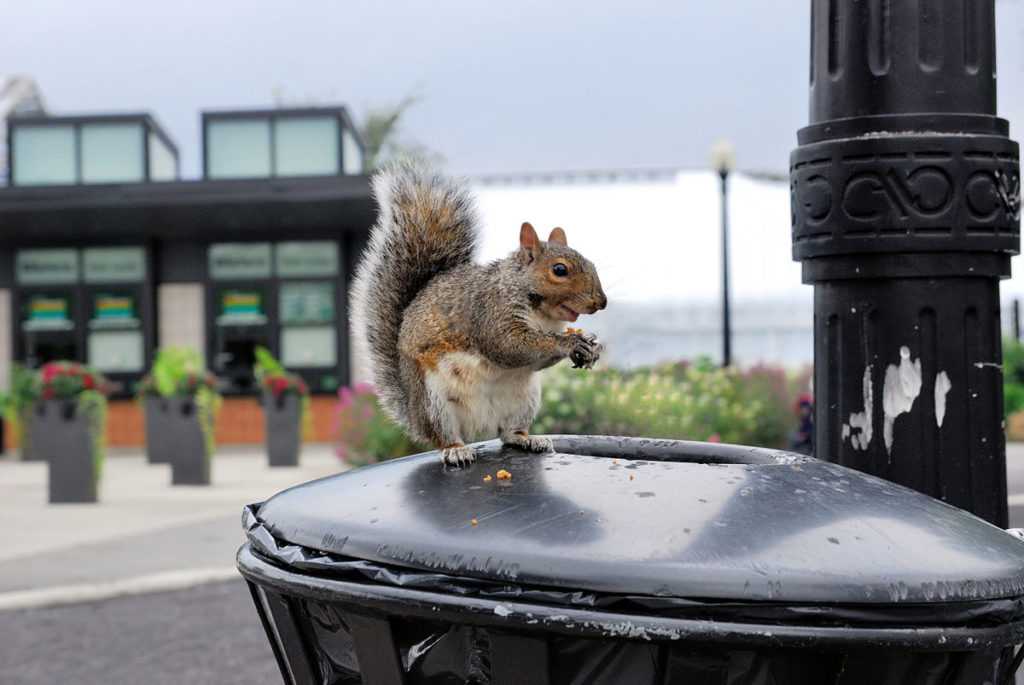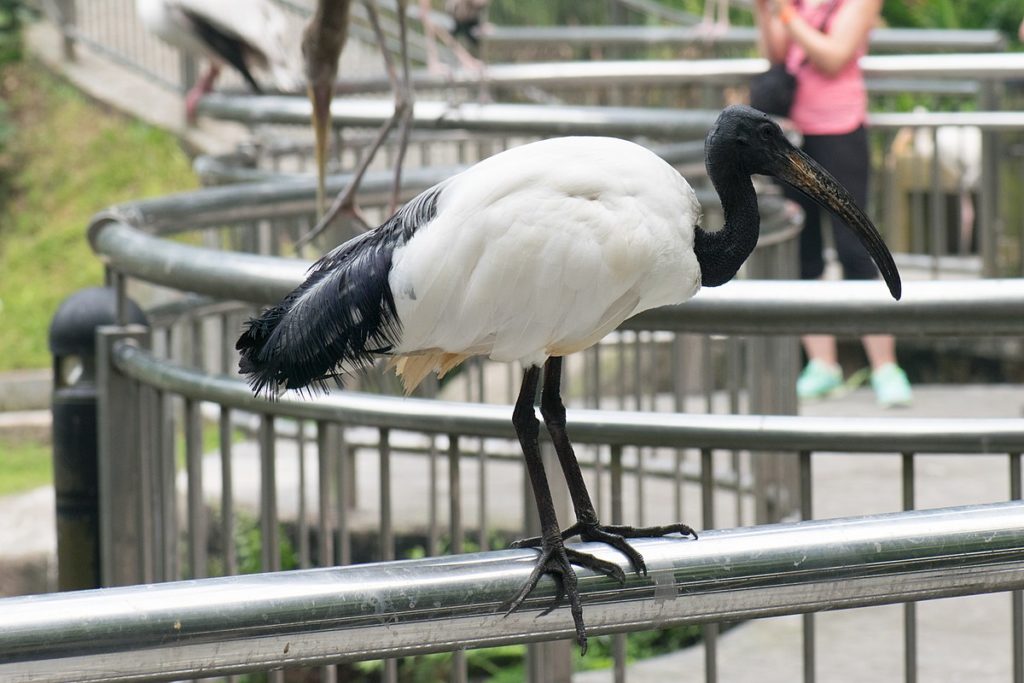Urban animals: How have they mastered life in the city?
by Ailsa Harvey · 26/09/2019
These hardy and resilient animals have adapted to metropolitan life

The world’s cities are hubs of human activity and development, with over 3.5
billion people living in urban areas worldwide, and it’s thought that this number
will almost double by the year 2050. This influx of humans will be accompanied by the arrival of plenty more animal species. These clever creatures are able to adapt to ever-changing environments, grasp opportunities for survival and thrive on the fringes of our existence.
This is primarily down to the fact that where there are humans, there is food, and plenty of it. We produce so much that one study estimated that insects alone consume the equivalent of 60,000 hot dogs each year in one small area of New York City. Our cities are like an all-you-can-eat buffet for the animals living among us.
On the city streets, it’s mostly the rubbish that we drop and discard that attracts
animals such as rats and mice in their thousands, ready to feast on the plentiful scraps. In turn, these creatures attract much larger predators that will risk the hubbub of the city to feed on the booming populations of prey.
In the UK, we are used to seeing animals like rats, mice and squirrels, and larger predators such as badgers, foxes and hawks. However, further afield, when sprawling cities blur the lines between human and animal settlement, even larger creatures venture onto the streets. There are leopards that roam in between the high-rise flats of Mumbai, India, hunting domestic animals like cats and dogs as they are squeezed out of their natural habitat by urban development. Similarly, mountain lions and bobcats haunt the streets of Los Angeles as the growing city encroaches upon their natural range in the surrounding hills.
Resourceful black bears in cities across the US are living on the edges of society, cruising dumpsters for tasty garbage having learned where they can find a quick and easy meal that requires less energy than hunting deer. Some have even adapted their foraging hours from day to night in order to avoid human interference.

As generation after generation of animals live side-by-side with humans, they inevitably learn to adapt to city life. One of the most common creatures seen living in parks and tree-lined roads is the grey squirrel, which were introduced to UK shores from America in the late 1800s.
City living is so appealing to these little tree dwellers thanks to the space and food available, and they are now much more common than our native red squirrels. They live high in the trees, can survive on a range of foodstuffs and, compared to the wild, there are relatively few predators in the centre of town.
In the wild, grey squirrels communicate with one another using various methods such as vocalisations, but some urban squirrels have been witnessed favouring only physical communication using their tails. It’s entirely possible that these squirrels have adopted this to overcome the effect of noise pollution.
From an evolutionary standpoint, cities are incredibly new environments, and so the ability of these animals to move in, combat a new set of alien challenges and begin to thrive is amazing. However, it takes a certain type of critter to be able to do this, and studies have suggested that the animals making cities their
homes are also becoming more intelligent. A US study of the skulls of small urban mammals from the past century has shown that the city dwellers experienced a jump in brain size when compared to their rural cousins, potentially indicating that living in an urban setting requires a higher cognitive function.
From a behavioural standpoint, the urban animals are certainly bolder than members of the same species living in the country. Many city species don’t shy away or back down from human contact, and interestingly, scientists have also found that urban creatures are generally less aggressive.
Although many animals live on city streets, the homes that we live in within our urban settlements are also a haven for wildlife, although we may not even know or realise that they’re there. There are of course the obvious culprits – mice, birds and bats can make their homes in the floors, ceilings and recesses of our homes and off ices. Rats, however, are surely the animal conquerors of the human realm.
This article was originally published in How It Works issue 98, written by Ella Carter
For more science and technology articles, pick up the latest copy of How It Works from all good retailers or from our website now. If you have a tablet or smartphone, you can also download the digital version onto your iOS or Android device. To make sure you never miss an issue of How It Works magazine, subscribe today!




